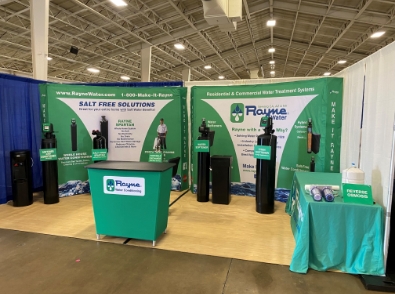Have you ever considered the fact that the water on the Earth right now is the same water that was on the Earth millions of years ago? National Geographic is quoted as saying “The water the dinosaurs drank millions of years ago is the same water that falls as rain today.” How amazing is that? When we stop and think about this fact, it makes us want to keep our water as clean and unpolluted as possible for future generations. While we can certainly take steps toward this goal, there are times when our water supply becomes contaminated due to circumstances beyond our control. One of those circumstances is natural events such as floods, hurricanes, earthquakes, landslides and here in California lately, wildfires.
One of the byproducts of wildfires is the tremendous amount of debris that is generated. This debris tends to end up in our water reservoirs, lakes and streams, causing increased sediment and turbidity in the water supply. This sediment can be so extreme that the contaminated water can be unpotable for several years. Another byproduct of wildfires is the vast amount of chemicals that find their way into the water chain. Water quality studies have shown that after a wildfire, there is a significant increase in the amount of nitrogen and phosphorous found in the surrounding water; some studies have even shown a tenfold increase in nitrates as much as three years post fire.
Earthquakes are another concern that Californians face and can also be a source for water contamination. When a significant earthquake occurs, municipal water lines can be damaged or broken and underground wells can be dislodged or disrupted from the shaking. According to the United States Geological Survey (USGS) earthquakes have a direct impact on groundwater. Water wells have been known to become turbid, dry or even begun flowing again, new water springs have been formed, old water springs have dried up and both well and surface water quality suffer from varying degrees of degradation.
Our water supply can become contaminated from a variety of sources, those in our control and those beyond our control. A water filtration system can help eliminate the risk of ingesting contaminated water; it adds that extra layer of protection for homeowners and their families. The Centers for Disease Control (CDS) rates reverse osmosis (RO) systems with very high effectiveness for removing protozoa, bacteria, viruses, sodium, chloride, copper, chromium, lead, arsenic, fluoride, radium, sulfate, calcium, magnesium, potassium, nitrates and phosphorous. Whatever the initial quality of your water, you can be assured that filtered drinking water is going to be as safe and contaminate free as possible


